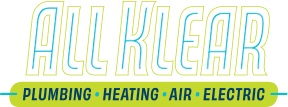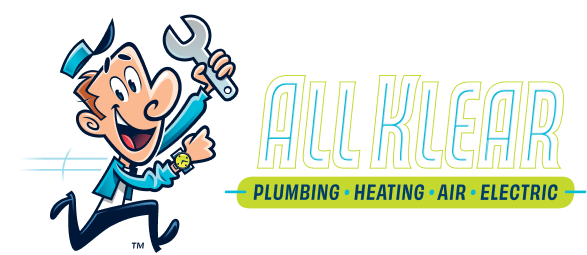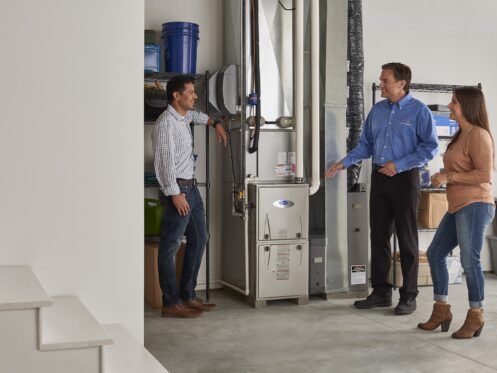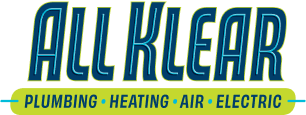The heating system you install in your house has a major impact on how cozy it feels inside. It can also impact your indoor air quality. Every system has its advantages and disadvantages. Your home’s layout, infrastructure, and your specific needs will determine which heating system is best for you to install.
Electric Furnace
Electric furnaces harness electrical energy, transform it into heat using resistive heating elements, and then transfer the heat throughout the house via ductwork. These furnaces are safer and better for the environment than furnaces that use fossil fuels. They also have a minimal initial investment. Their low maintenance requirements and ease of installation make them a top-notch choice for most homes.
On the other hand, electricity is usually more costly than gas or oil, so there’s a significant operating cost to consider. Plus, electric systems can take longer to heat a house when compared to gas or oil furnaces.
Gas Furnace
Gas furnaces work superbly for homes in colder climates. They produce heat by burning natural gas and transferring it throughout the home via ducts. These systems have exceptionally high energy-efficiency rates and usually have cheaper installation costs. They can heat a house much faster than electric heating systems, which is beneficial during extremely cold winter days.
Gas furnaces come with two notable drawbacks: They require more maintenance than electric furnaces and have the potential to leak carbon monoxide. And since they need a gas line connection, some homes in remote areas might not be able to use them.
Oil Furnace
Another popular option, especially in places where natural gas is not readily available, is oil furnaces. These setups generate heat through oil combustion and distribute it through ducts. Oil furnaces are terrific for homes in cold climates because of their high heat output. When oil prices are low, they may also be cheaper than electric systems in certain areas.
Compared to gas furnaces, oil furnaces are inconvenient because they need frequent fuel delivery. Oil prices can fluctuate significantly, making it challenging to budget your monthly heating expenses. They’re also more polluting than natural gas systems.
Solar Heating Systems
Heating your house with solar energy is possible via two main methods: active systems that employ solar collectors and passive systems that soak up the sun’s rays directly. Solar heating has several benefits. Its ability to drastically cut heating expenses while still being a renewable and eco-friendly energy source is its greatest strength.
The drawbacks of solar heating systems include their high upfront cost for installation and reliance on bright weather. It is common practice to combine solar panels with another heating system to provide sufficient warmth on overcast days. Homes in sunny locations are ideal for these systems since they lessen the need for conventional energy sources.
Boilers
Boilers have several advantages. Their capacity to operate without ducts means they are an excellent option for older houses that do not have ducting. Since they do so well at evenly distributing heat, this makes them ideal for people who suffer from allergies. Properly maintained boilers are not only very efficient but also have a long lifespan (up to 20 years or longer).
Two disadvantages of boiler systems are the high initial investment and the more complex installation process. In comparison to forced-air systems, they can sometimes take longer to heat up. Hydronic boiler systems come with the potential for water line leaks, which can lead to significant water damage.
Ducted Heat Pumps
A ducted heat pump uses a refrigeration cycle to transfer heat from the earth or outside air into your home. Their dual use as heaters and air conditioners makes them an attractive choice for both heating and cooling. You won’t have to install separate systems when you use a heat pump.
One drawback is that they may require a supplemental heating source due to their reduced effectiveness in extremely cold temperatures. Additionally, ductwork is necessary. It can get expensive to install ductwork in houses without it. In milder locations with mild winters, ducted heat pumps are ideal for year-round temperature management.
Ductless Heat Pumps
A ductless heat pump, often called a mini-split system, is an alternative to a ducted heat pump that does not use ducting. They disperse heat out of the house via an outside unit and inside the home through one or more evaporator units. Ductless heat pumps provide several advantages, such as being easy to install. They allow you to choose the temperature for each room separately. This means you can save money on energy bills by only heating the areas you really use.
Two major drawbacks are the potentially unsightly appearance of indoor units and the greater initial cost as compared to conventional heating systems. Ductless heat pumps are wonderful for houses that don’t have ducts already installed.
Radiant Floor Heating
A radiant floor heating system warms a house from the bottom up by placing electric coils or tubes filled with water under the flooring. This type of heating eliminates the need for unsightly ducts and radiators while providing uniform, pleasant heat. In addition to improving indoor air quality, radiant floor systems are also well known for their extremely quiet operation.
Installing radiant floor heating, particularly in older houses that need floor modifications, can be a costly ordeal. In comparison to heat pumps and gas furnaces, radiant floor heating takes more time to achieve a comfortable temperature. Homeowners in colder areas who want rapid heating may find this problematic. Removing or raising flooring may be necessary to install radiant floor heating in an existing property. This can lead to costly modifications. However, because it provides uniform heating and comfort, it’s a great choice for new builds and large remodels.
Electric Baseboard Heating
Another heating option for your home is electric baseboard heating, which converts electrical energy directly into thermal energy. A system like this, which runs down the bottom of walls, uses electric coils that become hot as current travels through them. Convection then warms the air in the space by dispersing the heat.
The ability to set the temperature in each room independently is the primary benefit of electric baseboard heating. This means you can reduce energy consumption by not heating underused areas in the home. On the other hand, in bigger houses in particular, radiant heating falls short of centralized systems in terms of total energy efficiency. High energy expenditures may result from its reliance on electricity, especially in areas where power is expensive. Although it doesn’t need ducts or vents and is simple to install, it may take more time to heat a room than other heating systems.
Smaller houses are ideal candidates for electric baseboard heating. It’s also a great alternative to central heating systems for houses that don’t have ductwork.
All Klear is here to help you choose the best heating system for your home. We also do maintenance, installations, and repairs on air conditioners. Some of our other specialty areas of work include air purification, sump pump maintenance, gas line repairs, excavation and electrical repairs. Call us now to schedule a heating consultation for your home in Springfield, MO.




